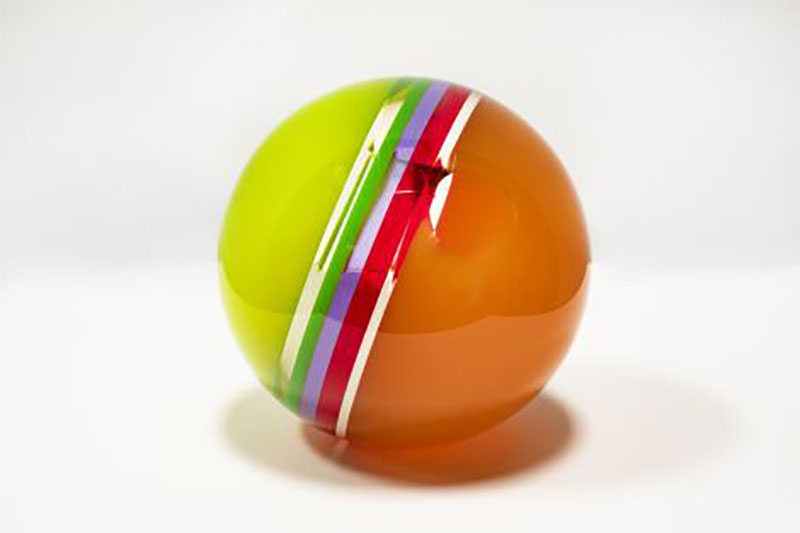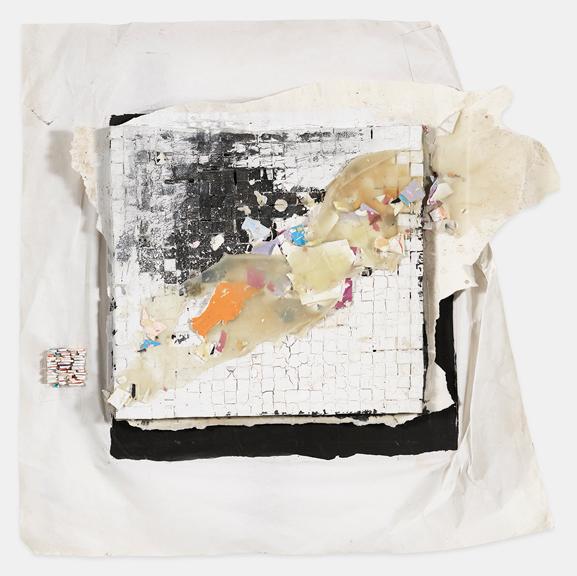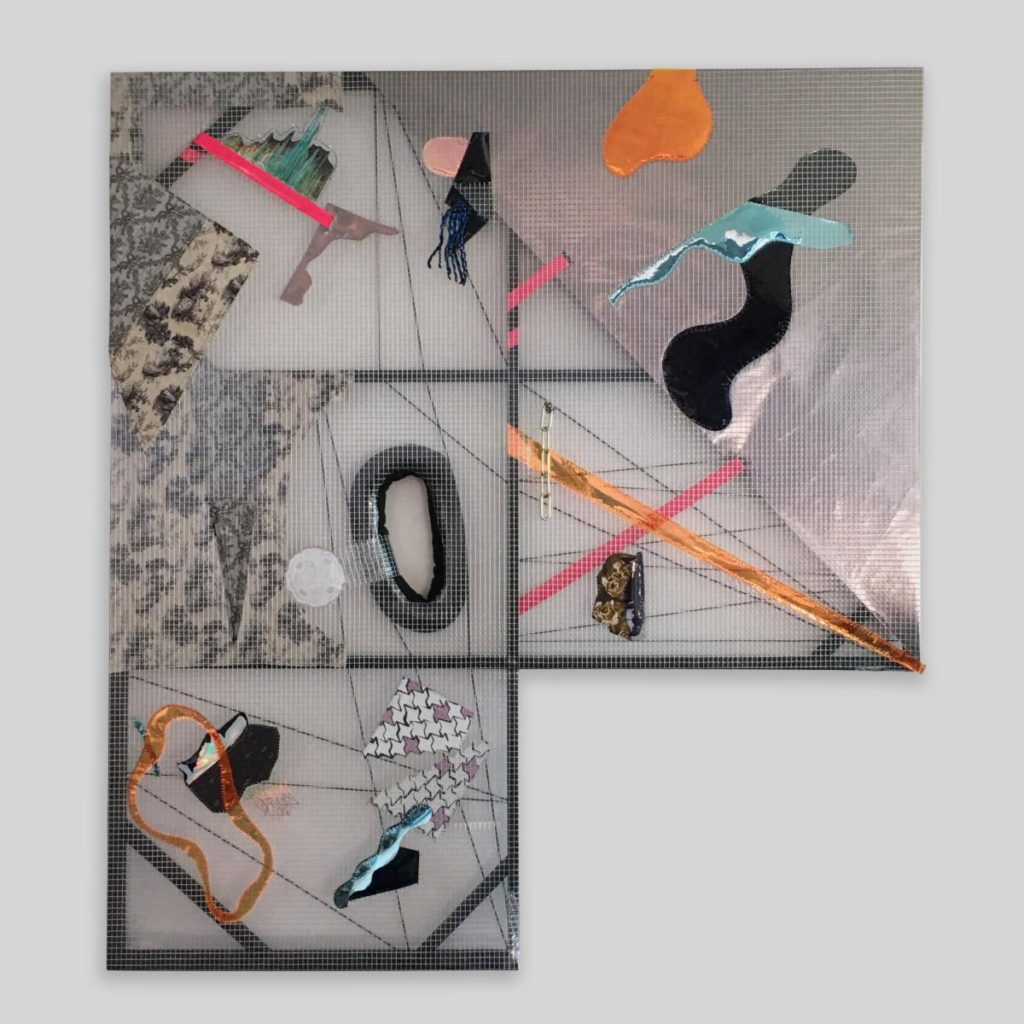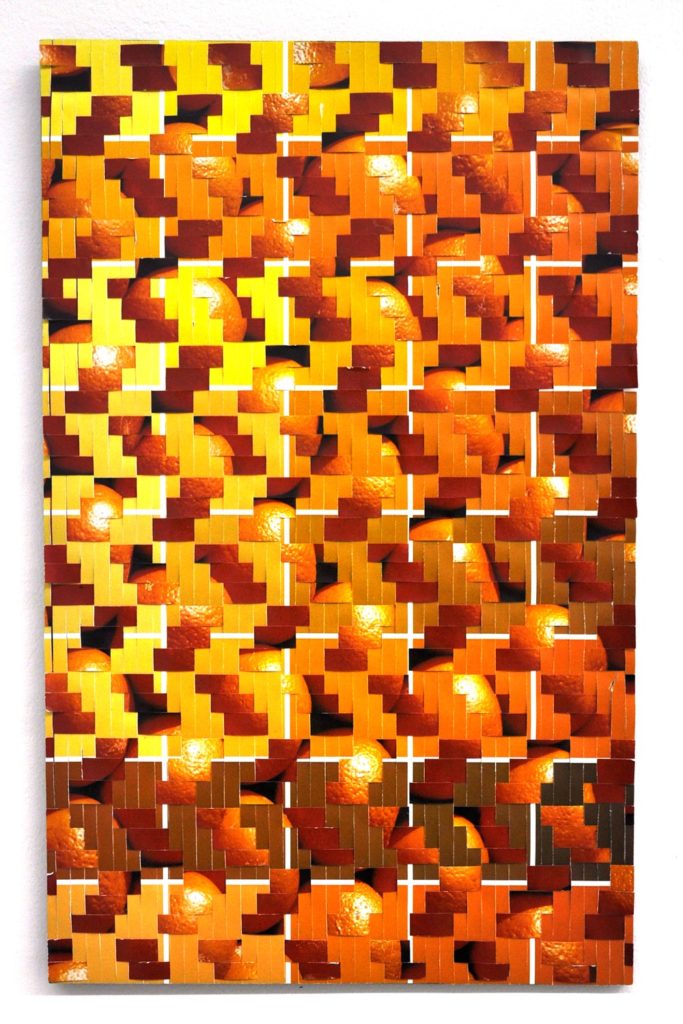
MCASD Art Auction 2020
Museum of Contemporary Art San Diego’s (MCASD) biennial Art Auction has returned. This fundraising event features live and silent auctions of approximately 100 works by early career and internationally recognized artists.
Art Auction allows visitors to switch from being observers of art to active collectors, a distinct opportunity for the art-curious and first-time buyers.
Bid on paintings, sculptures and works on paper in support of MCASD exhibitions and programs. All works are carefully considered by MCASD’s director and curators and are available at various starting price points.
This year, the MCASD Art Auction will be hosted on ARTSY’s website. MCASD will have a dedicated page you can save on your phone, your home computer or tablet.
The Silent Auction is now live and will run through the end of the Live Auction, and close the following day, Thursday, Oct. 15.
The Live Auction is Wednesday, Oct. 14 at 6 p.m., led by Sotheby’s auctioneer Gary Metzner, head of office, Chicago. View details here: https://www.mcasd.org/artauction2020.
Curators Picks: Associate Curator Anthony Graham
Art Auction 2020 features dozens of works created by the leading artists of our time. MCASD’s curators help narrow the field by offering their insights in this series highlighting their favorite works. Here, Associate Curator Anthony Graham shares his picks from this year’s impressive selection.

Leonardo Drew emerged as part of a generation of artists in the late 1980s, taking large-scale assemblage into a new direction, ruminating on a changing social world. The artist’s expansive constructions and installations are at once rough and poetic, while consistently contemplative and abstract. “Number 144D”includes many of Drew’s signature materials, combining drywall paint chips and a grid of small pieces of wood atop a crinkled sheet of paper. The densely layered work suggests a kind of action and change; and often, Drew’s process involves burning, oxidizing or staining his pieces. Here, the weathered, industrial materials contrasts with the bright, almost glowing, overall composition.

Tijuana-based artist Mely Barragán has developed a distinctive formal language through her use of fabrics and textiles. Often with found materials and images, Barragán contrasts the femininity and domestic traditions of textile work with humorous juxtapositions of more industrial objects. Here, the artist has collaged various fabrics onto an irregular wire grid. Throughout the work, she has inserted uneven swaths of decorative prints, reflective plastics and plush velvets. Amidst these soft materials are a loose chain and studded leather band. Near the center of the work, a stuffed tube interrupts the surface’s grid, creating a large aperture in the already porous composition.

Working in a variety of mediums, Tosha Stimage explores visual languages, symbols, and color, often as they relate to identity. For several years she has made a body of work conceptually organized around oranges: the colors, the fruits, even the associate products such as orange juice. In her ongoing series of photo-weavings, Stimage combines multiple images in a process that plays with visibility and concealment. Here, a grid of different shades of orange is layered into an image of stacked orange fruits. Through this visual pun, Stimage reminds us that the meanings of images and language are not fixed, but are understood through their changing contexts.
